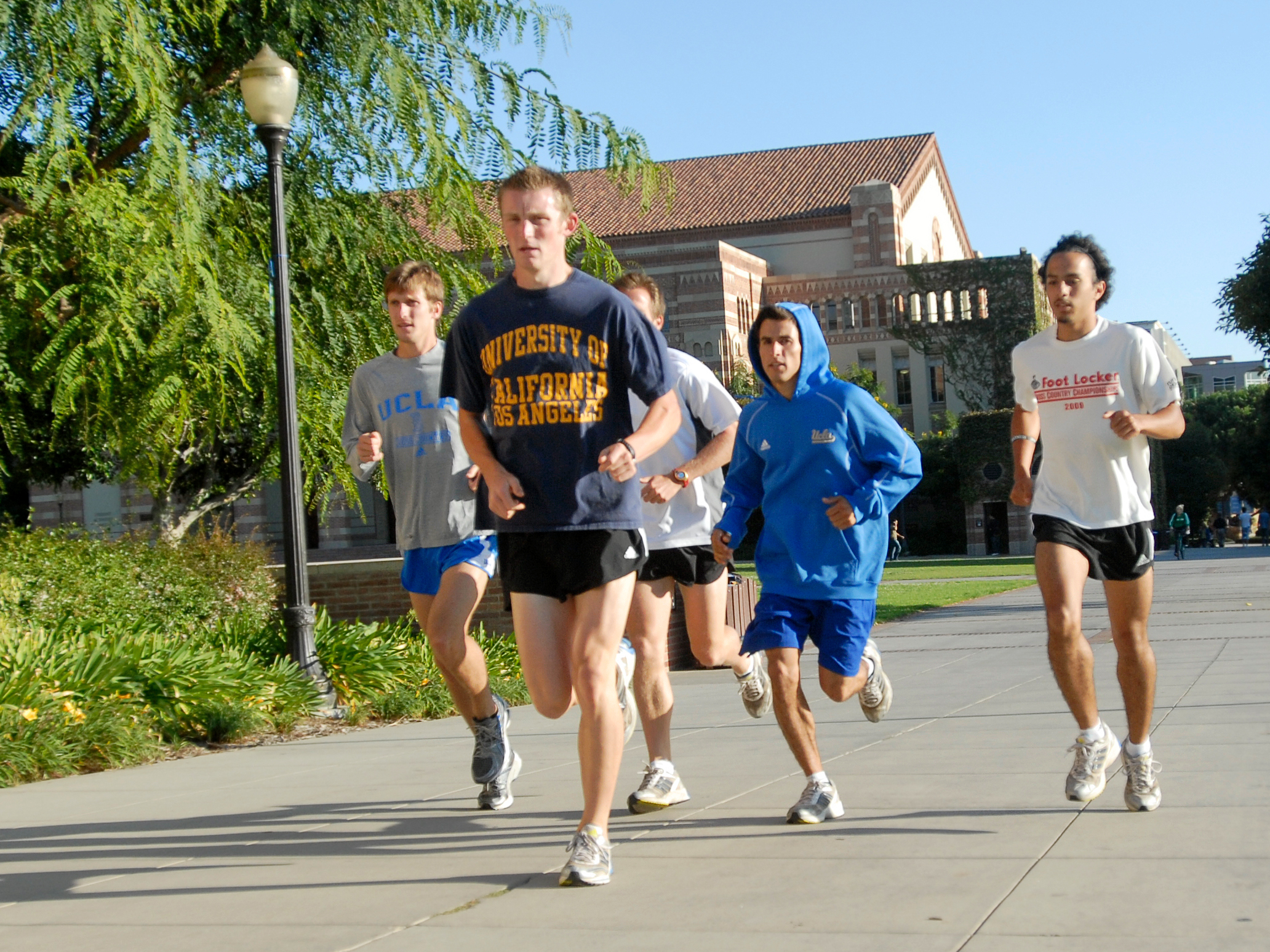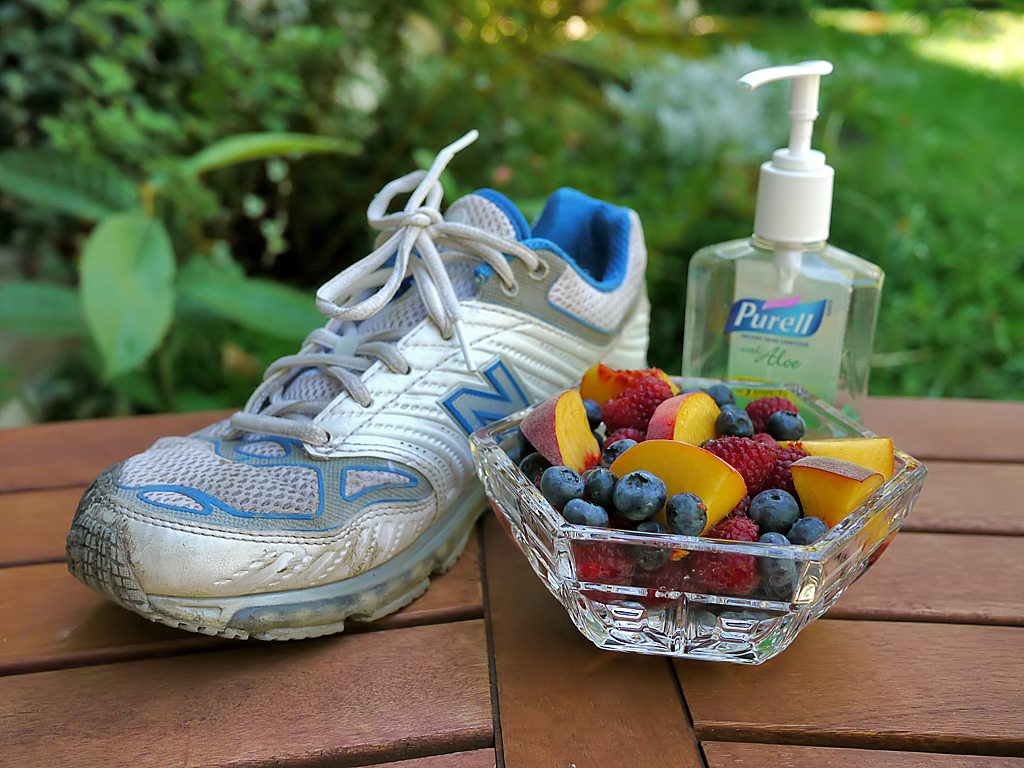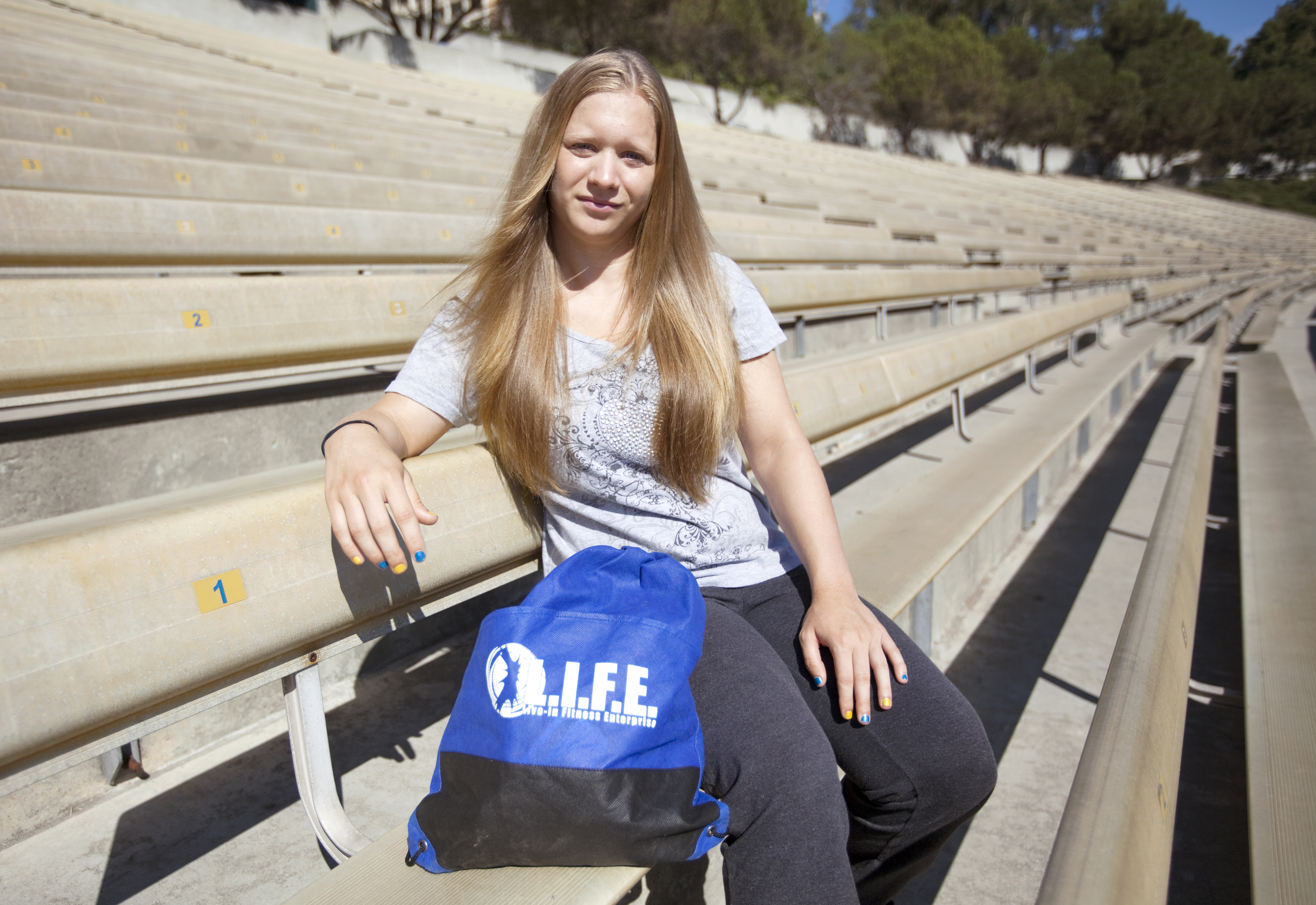Rising to great prominence in the 1960s, hallucinogenic drug use has created an influential counter-culture that has helped fuel its recreational use into the new century.
Especially in college surroundings where students are suddenly thrust into an independent and experimental environment, the use of such “psychedelic drugs” has continued to be a means of recreation.
According to a 2008 U.S.





